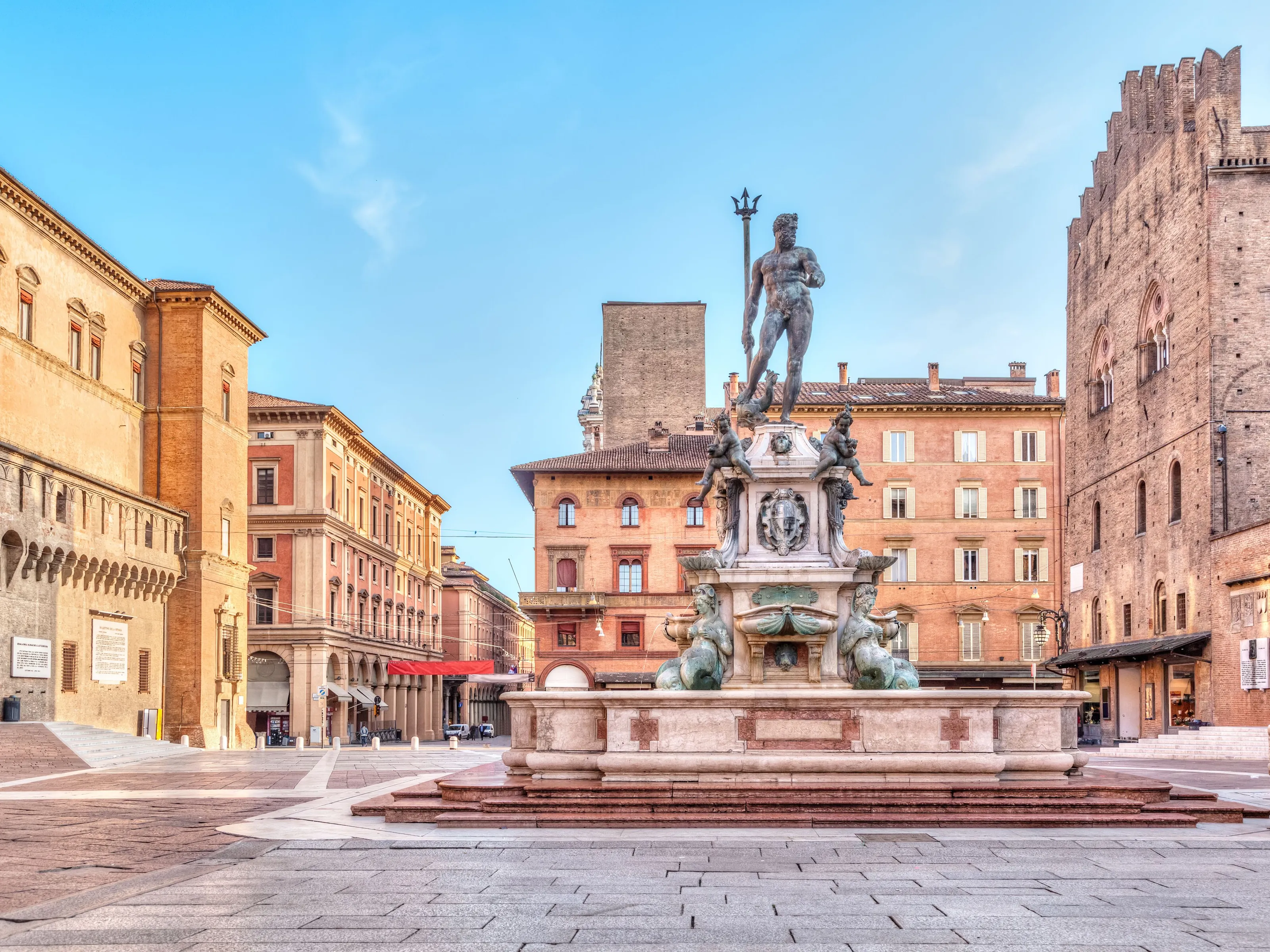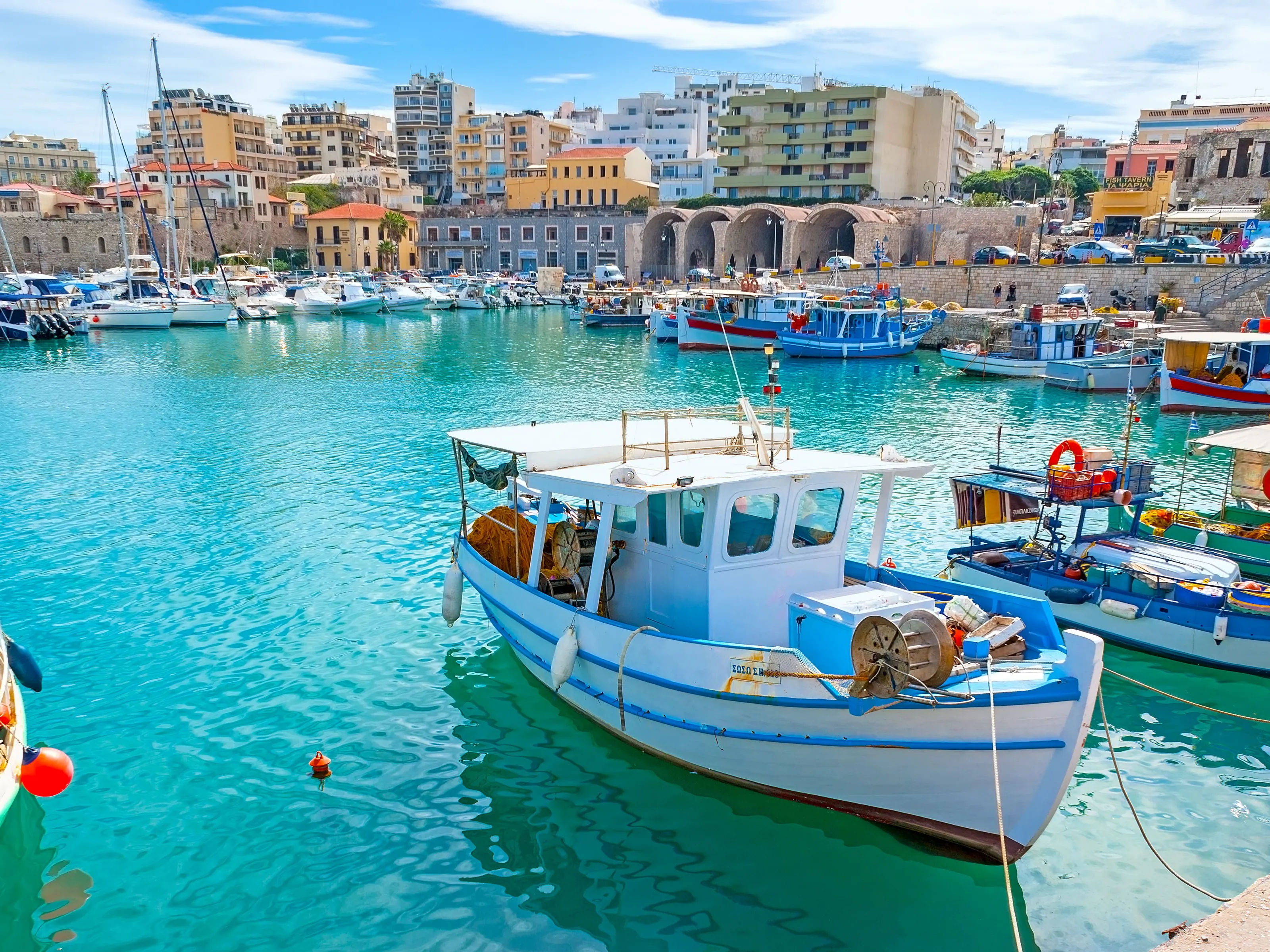Why Visit Athens?
Athens stands as Western civilization's cradle, where the Acropolis rises above a vibrant modern metropolis that never forgot its 3,400-year heritage. The Parthenon crowns the sacred rock, its Doric columns still magnificent despite centuries of wars and earthquakes, while the Acropolis Museum's glass floors reveal ongoing excavations beneath. Ancient Agora's philosophers' footsteps echo through Stoa of Attalos, where Socrates once debated, and the Temple of Hephaestus stands remarkably intact.
Yet Athens thrives beyond antiquity—Plaka's neoclassical lanes hide tavernas serving moussaka and grilled octopus, Monastiraki's flea market overflows with vintage treasures and souvlaki stands, and street art transforms Psyrri and Exarcheia into open-air galleries. Syntagma Square's Parliament hosts the hourly changing of the evzone guards in traditional kilts, while the National Archaeological Museum houses golden Mycenaean masks and Cycladic figurines spanning millennia. Modern Athenians embrace rooftop bars overlooking illuminated temples, seaside suburbs like Glyfada offering beach escapes minutes from downtown, and a food scene spanning from $3 gyros to Michelin-starred innovation.
Day trips reach the Temple of Poseidon at Sounion's dramatic cape, Delphi's oracle sanctuary, or island-hopping in the nearby Saronic Gulf. With warm Mediterranean climate, relatively affordable prices (especially compared to western European capitals), and a blend of ancient wonders with contemporary Greek energy, Athens delivers history lessons and modern pleasures in one sun-soaked package.
What to Do
Ancient Athens
Acropolis & Parthenon
Book timed-entry tickets on the official Hellenic Heritage e-ticket site—general admission is now around $32 (with $16 reduced tickets for eligible visitors). Go at 8am opening or after 5pm to dodge the worst heat and crowds; midday on the marble is brutal. Wear shoes with grip, and use the less-busy side entrance rather than queuing at the main gate if you already have your e-ticket barcode.
Acropolis Museum
A superb modern museum at the base of the hill with original sculptures, glass floors over excavations, and killer Acropolis views. Standard adult tickets are now around $22 (with $11 reduced for eligible visitors), and there are several free entry days each year—check the official site for current prices and special offers. Visiting the museum first makes the ruins much more meaningful; then climb the Acropolis itself. Friday nights the museum stays open until 10pm, and the rooftop restaurant is perfect for a late dinner with the Parthenon lit up above you.
Ancient Agora & Temple of Hephaestus
The Ancient Agora is where classical Athens actually lived and argued—less hectic than the Acropolis and with more shade. Tickets are now about $22 full price (no more citywide combo pass). The Temple of Hephaestus is one of the best-preserved Greek temples anywhere, and the reconstructed Stoa of Attalos houses a small but excellent museum and provides a cool refuge on hot days.
Athens Neighborhoods
Plaka & Anafiotika
Plaka is touristy but still charming with neoclassical houses and tavernas under the Acropolis. Go early (before 10am) to see it at its prettiest. Climb higher into Anafiotika—tiny whitewashed lanes built by islanders in the 19th century—for a taste of Cycladic architecture without leaving the city and far fewer crowds at golden hour.
Syntagma Square & Parliament
In front of the Parliament building, the Evzones guards change every hour at the Tomb of the Unknown Soldier. On Sundays at 11am there's a longer, more elaborate ceremony with full dress uniforms. Pop into Syntagma metro station to see ancient finds displayed from the excavation, then escape into the shady National Garden behind Parliament for a quick, green reset.
Mount Lycabettus
For the classic postcard view over Athens and the Acropolis, head up Mount Lycabettus. You can hike up for free in about 30 minutes, or take the funicular from Kolonaki (around $11–$14 return; check current pricing). Go about an hour before sunset to claim a spot, watch the city turn gold, then stay through blue hour as the Parthenon lights switch on. There's a small chapel (St George) and a restaurant and café at the top, but bring water—food and drinks are limited and pricey.
Monastiraki Flea Market
On Sundays the Monastiraki area morphs into a big flea market—antiques, vinyl, random treasures, plus the usual souvenirs. The permanent shops are open daily and sell leather sandals, jewelry, and ceramics. Haggling is normal but keep it friendly; starting at 60–70% of the first price is fine for non-chain stalls. It's an easy pairing with the Ancient Agora, which is just a few minutes' walk away.
Greek Food & Culture
Traditional Tavernas
Skip the most obvious Plaka places with laminated photo menus and aggressive hosts. For more local-feeling tavernas, look around Psyrri, Koukaki or the side streets of Exarcheia. Order shared mezze (tzatziki, fava, grilled vegetables), Greek salad with real feta, grilled octopus and a baked dish like moussaka or pastitsio. Athenians dine late—9–11pm is normal—and many tavernas bring a small dessert or a shot of raki/ouzo on the house at the end.
Central Market (Varvakios)
The Varvakios food market is where Athenians actually buy meat, fish and produce—busy, noisy, a bit gritty, and very real. Go in the morning (it winds down after lunch and is closed Sundays). Nearby Evripidou Street is lined with spice, herb and dried-goods shops. The side streets are full of cheap, tasty souvlaki and grill joints where workers eat—expect to pay from around $3 for a proper gyro pita.
Rooftop Bars with Acropolis Views
Rooftop bars are a modern Athenian ritual. Expect cocktails around $13–$19 in places with the best views. A for Athens, right on Monastiraki Square, is one of the best-value spots for a full-on Acropolis panorama; 360 Cocktail Bar, Couleur Locale and others nearby offer similar views and vibes. Reserve for sunset if you want a front-row table, otherwise drop by later in the evening—Athenians often don't go out until 11pm or later.
Gallery
Travel Information
Getting There
- Airports: ATH
Best Time to Visit
April, May, June, September, October
Climate: Warm
Weather by Month
| Month | High | Low | Rainy days | Condition |
|---|---|---|---|---|
| January | 12°C | 4°C | 6 | Good |
| February | 14°C | 7°C | 7 | Good |
| March | 16°C | 8°C | 8 | Good |
| April | 18°C | 10°C | 6 | Excellent (best) |
| May | 25°C | 16°C | 5 | Excellent (best) |
| June | 28°C | 19°C | 6 | Excellent (best) |
| July | 33°C | 23°C | 1 | Good |
| August | 33°C | 23°C | 3 | Good |
| September | 30°C | 20°C | 2 | Excellent (best) |
| October | 25°C | 16°C | 3 | Excellent (best) |
| November | 18°C | 10°C | 4 | Good |
| December | 16°C | 10°C | 13 | Wet |
Weather data: Open-Meteo Archive (2020-2024) • Open-Meteo.com (CC BY 4.0) • Historical avg. 2020–2024
Budget
Excludes flights
Visa Requirements
Schengen Area
💡 🌍 Traveler Tip (November 2025): Best time to visit: April, May, June, September, October.
Practical Information
Getting There
Athens International Airport (ATH) is 35km east. Metro Line 3 (blue) reaches Syntagma in 40 minutes ($10 runs 6:30am-11:30pm). Express buses X95 (Syntagma) and X96 (Piraeus port) cost $6 Taxis charge fixed $41 daytime, $58 nighttime to center. Ferries to islands depart from Piraeus port (Metro to Piraeus station).
Getting Around
Athens Metro (3 lines) is clean and efficient ($1/90-minute ticket, $4 day pass, $9 5-day pass). A 3-day tourist ticket with airport transfers costs about $22 Buses and trams supplement. The historic center (Plaka, Monastiraki, Syntagma) is walkable. Taxis are yellow with meters—ensure driver uses it ($4 start). Skip rental cars—traffic and parking are nightmares.
Money & Payments
Euro (EUR). Cards accepted at hotels and most restaurants, but many small tavernas, street food vendors, and kiosks prefer cash. ATMs widespread—avoid Euronet machines. Exchange $1 ≈ $$1. Tipping: round up or leave 5-10% for good service, not obligatory but appreciated.
Language
Greek is official. English widely spoken in hotels, tourist restaurants, and by younger Athenians, though less so by older generations and in working-class neighborhoods. Learning basics (Kalimera = good morning, Efharisto = thank you, Parakalo = please) earns smiles. Menus often have English in Plaka and tourist areas.
Cultural Tips
Greeks eat late—lunch 2-4pm, dinner starts 9pm-midnight. Tavernas stay open late. Siesta hours 2-5pm mean shops close. Dress modestly for monasteries and churches. Sunday mornings are quiet. Don't flush toilet paper in older buildings—use bin provided. Coffee culture: freddo cappuccino is summer staple. Book Acropolis tickets online to skip queues. August sees Athenians flee to islands—some restaurants close.
Perfect 3-Day Athens Itinerary
Day 1: Ancient Athens
Day 2: Markets & Museums
Day 3: Coast & Hills
Where to Stay in Athens
Plaka
Best for: Ancient sites, tavernas, tourist shopping, central location
Monastiraki
Best for: Flea markets, street food, Acropolis views, budget stays
Psyrri
Best for: Nightlife, live music, traditional mezedopolia, younger crowd
Kolonaki
Best for: Upscale shopping, museums, cafés, Lycabettus Hill base
Frequently Asked Questions
Do I need a visa to visit Athens?
What is the best time to visit Athens?
How much does a trip to Athens cost per day?
Is Athens safe for tourists?
What are the must-see attractions in Athens?
Popular Activities
Top-rated tours and experiences in Athens
Ready to Visit Athens?
Book your flights, accommodation, and activities






